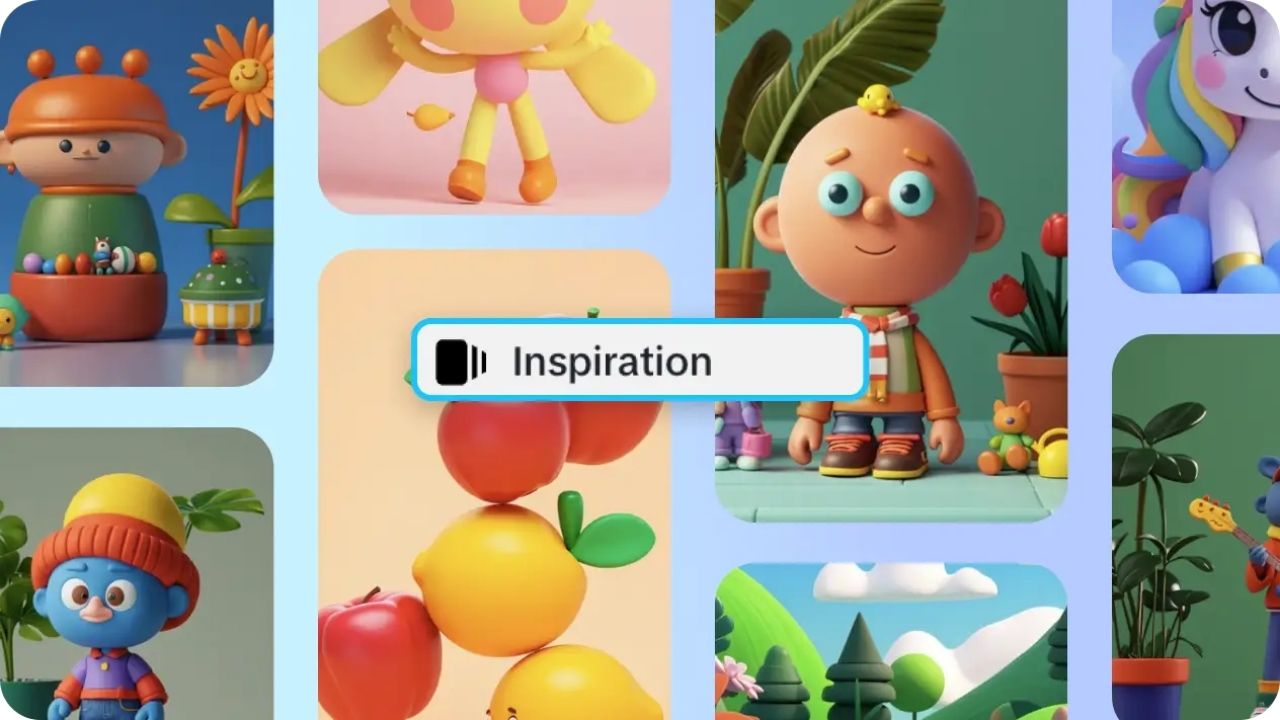A logo is typically the first perception of people of a brand, and a 3D logo is an even better one. The extra shades, contrast, and accent give the design a contemporary and daring look. It is not only about choosing any color or font to customize a 3D logo. It is a matter of selecting details to reveal the identity of the brand in a creative and apparent manner. This has been made easy by the online platforms such as Pippit’s 3d logo maker, which provides easy tools to create 3D logos that are colorful, font-enhanced, and texture-enhanced.
Picking the Right Colors
Colors have a large influence on the perception of the brand by people. A vivid red can indicate an energetic association, and a muted blue can be soothing and reliable. When personalizing a 3D logo, one should take colors into consideration and make sure that they reflect the message of a brand. Pippit also has an extensive color palette with gradients between two or more colors. The impact of color in the 3D is even stronger as shading and highlights add realism to the logo. Moreover, one should consider the contrast. An overly similar shade logo can be boring; having dark and light shades will provide a depth effect. It is also possible to adorn the design by giving it the glamour of shadows or metals.
Selecting Fonts That Match the Brand
Fonts are another key part of a 3D logo. The typeface could be very bold and blocky and could be perfect as the typeface of a sports team or a game brand, whereas a much more modern and slick typeface could be really well suited to a technology company. The font selection is related to aligning the text style with the brand image. Pippit features a font test where the fonts can be applied to the logo instantly. The 3D effect gives more clarity to each letter, and font selection is even more significant. Curved fonts can be made to seem inviting and warm, whereas angular fonts can be made to seem tough and professional.
Adding Textures for Realism
It is the textures that make the real difference in a 3D logo. It might be too plain with flat design, and the application of textures (metal, wood, or glass) might create a special effect. To give an example, a bakery logo could be smooth and soft, to give an impression of freshness, but a building company may want something harsher, more stone-like, to give an impression of strength. Pippit provides texture options that can be applied with ease to various elements of the logo. Such textures not only enhance the appearance but also contribute to forming the appropriate mood of the brand. The inclusion of shadows and highlights in the textures renders the logo sleek and professional.
Conclusion
Personalizing a 3D logo is not about simply adding depth to a logo. The color, font, and texture also contribute a lot towards how individuals perceive the brand. It is possible to design a log, which is not only eye-catching, but also significant with wise decisions and appropriate design tools. Sites like Pippit ensure this process is easy to do, and anyone can create a 3D logo that is professional and memorable.


